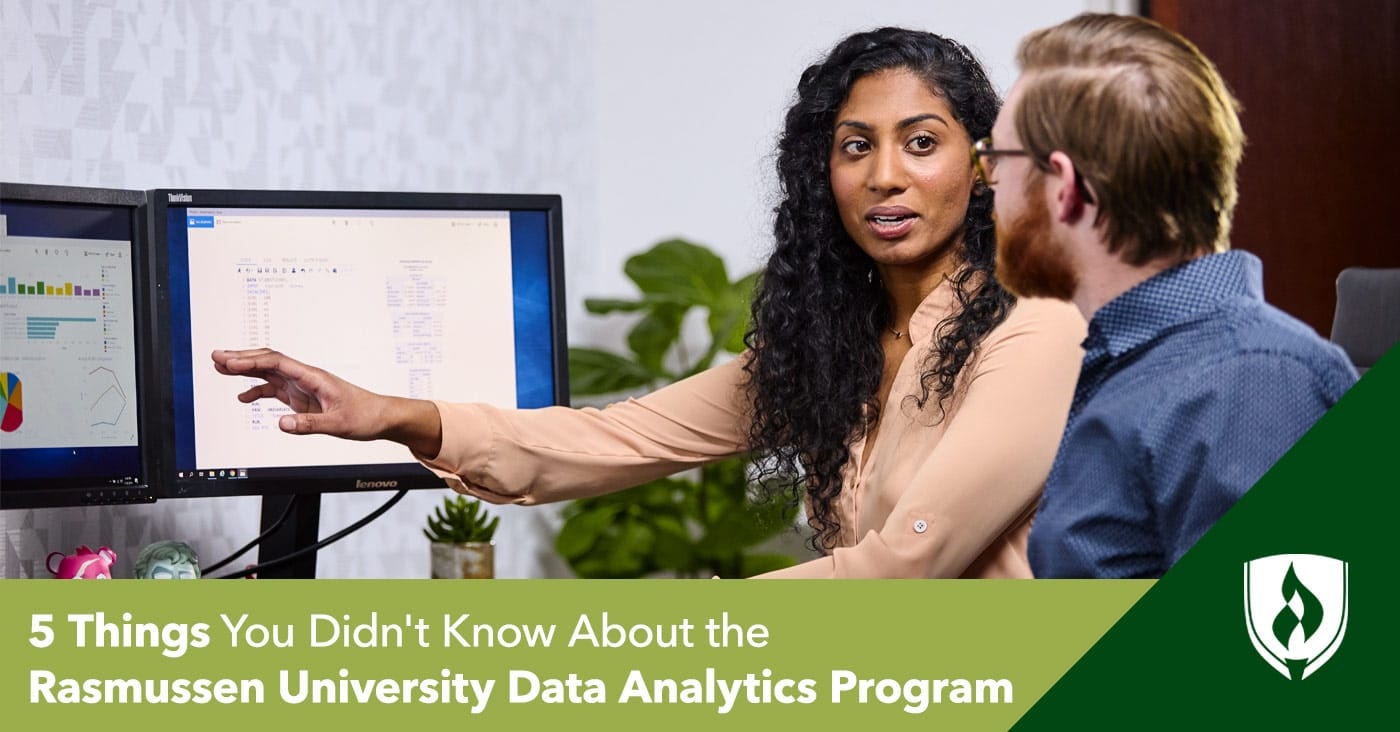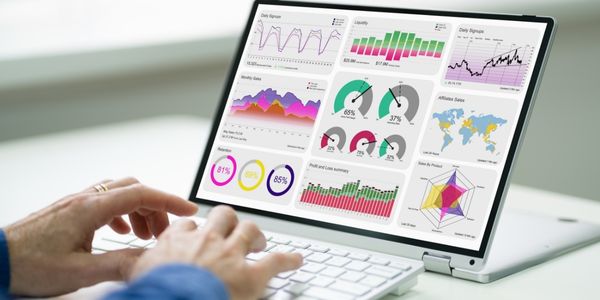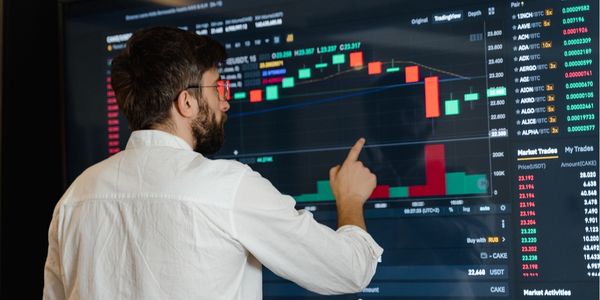5 Things You Didn't Know About the Rasmussen University Data Analytics Program
By Will Erstad on 07/08/2019

We’re in the midst of a data revolution. Practically everywhere you look, devices are recording mountains of raw data that’s just waiting to be spun into gold, so to speak. Organizations are embracing the use of data to improve processes and become more efficient and as a result, they’re learning just how valuable these skills can be.
This makes becoming a skilled data professional an appealing option. But before you take the dive into a Data Analytics program, you’ll want to do a little analysis of your own so you know what to expect. We enlisted Rasmussen University School of Technology Dean Jennifer Ayotte and Program Chair Rodney Crater to help lay out what future Data Analytics students should know about the program.
Fascinating facts about the Rasmussen University Data Analytics program
Consider these insights your sneak peek at the Data Analytics program at Rasmussen University. Learn more about what the training can offer you.
1. The program aligns with industry-leading SAS® software
While SAS might not ring a bell for the average person on the street, it definitely means something to people who work with data. This powerful software suite allows users to mine, manage and analyze data from a variety of sources and is a fixture in most data-related careers.
That’s part of why Rasmussen University has partnered with SAS® to develop a joint certificate program that is earned through the course of the Data Analytics curriculum. This credential shows employers that you know your way around this valuable software suite.
“This allows our students to prove their SAS knowledge and earn third-party validation to industry experts and potential employers,” Ayotte says. “This joint certificate helps add proof of knowledge to students’ resumes and helps differentiate them from other applicants who do not have that stamp of learning verified by SAS.”
Additionally, what you learn in school serves as an excellent foundation for pursuing further industry certification from SAS—potentially providing another feather in your cap as you build your resume.
2. The curriculum prepares graduates for a variety of intriguing data careers
Knowledge is power—and a Data Analytics education gives you the power to pursue several data careers with confidence. Among them:
- Business intelligence developer
- Data analyst
- Data quality analyst
- Junior data analyst
- Systems engineer
- Systems software developer
- Web analytics analyst
As you can see, there’s a variety of ways you can apply what you learn in a professional setting. And that’s just part of the picture—data analysis is a versatile skill that can be valuable in a lot of positions that might not fit neatly into a “data analyst” job title.
3. You’ll develop the communication skills needed to be effective in the field
All of the analytical ability in the world isn’t worth much if you can’t explain why your findings matter in a way that people understand. In your professional career, you’re not likely to be working within a bubble of “data people.” You’ll be presenting your findings to operations managers, leadership teams and other important stakeholders who don’t have the time or training to translate technical jargon into meaningful insights.
One of the best ways to cut through confusion and make an easily understandable point is through the use of data visualizations. That’s why the Rasmussen University Data Analytics program integrates powerful Tableau® data visualization software into its curriculum. Throughout the course of the program, students will learn the mechanics of this software and how to build visualizations that best serve their audience.
“Students trained to use Tableau have the ability to produce comprehensive and understandable graphic representations of the key performance indicators that companies use for evaluating performance in critical areas,” says Rasmussen University School of Technology Department Chair Rodney Crater. “This gives organizational leadership the ability to gain insights into past and present business accomplishments and future potential.”
Upon completion of the Data Analytics program, students will be well-equipped to sit for the Tableau Desktop 10 Qualified Associate Certification exam—another excellent credential to highlight to future employers.
4. Students will learn by doing—not just observing
Being able to pore over a textbook only to recite concepts and vocabulary from memory when test time comes is certainly a start toward learning. But that memorization only takes you so far when the time comes to actually apply what you’ve learned.
Rasmussen University’s online learning approach puts an emphasis on project-based assignments that provide ample opportunities for students to show what they know by tackling realistic work scenarios and projects within the coursework.
“Our courses are founded on the premise that learning should integrate both theory and practical business aspects,” Crater says.
Over the course of this program, you’ll learn to create dashboards, extract data, build analysis models, check for quality issues and make recommendations like a pro—so you can hit the ground running in your career.
5. You’ll develop a powerful blend of coding and business skills
While academic programs may draw clear lines between Business and Technology, the reality is that these fields are thoroughly intertwined. While that may seem like a lot to learn, the good news is this: The coursework you’ll complete in the Data Analytics program will provide you with a strong mix of competencies that can make you a valuable member of any organization.
As part of your coursework, you’ll learn how to harness a variety of versatile scripting and programming languages, including:
- R
- Scala
- Python®
- Java®
- C#
- C++
- SQL
Students will also complete coursework covering project management, operations management and business intelligence reporting. This blend of curriculum aims to mold students into effective data professionals throughout their careers. Even better? You’ll learn in a practical way.
“Courses are structured to provide students with examples and practice in real-life, hands-on scenarios in order to gain the perspective needed to successfully engage in actual roles found throughout the workforce,” Crater says.
The data you need to decide
It’s no secret that data is at the heart of many modern businesses as they seek ways to improve efficiency and gain an edge over their competition. But that doesn’t mean you shouldn’t be thoughtful about the degree program you choose to pursue.
The Rasmussen University Data Analytics program has plenty of appealing features for anyone looking to get a solid start in this field. If you’re ready to head out on the path to a career in data, visit our Data Analytics degree page to learn more about what you’ll need to get started.
Related Articles:
1Completion time is dependent on transfer credits accepted and the number of courses completed each term.
SAS is a registered trademark of SAS Institute, Inc.
Python is a registered trademark of the Python Software Foundation.
Java is a registered trademark of Oracle Corporation.
Tableau is a registered trademark of Tableau Software.




